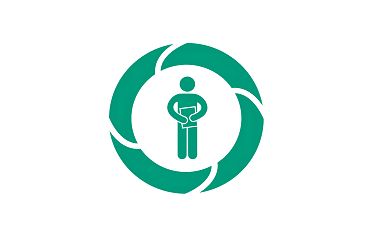Fast oncological therapy is intended to improve the availability of diagnostics and treatment of malignant tumors and systematize the diagnostic and therapeutic process. This is possible thanks to the introduction oncological diagnosis and treatment cards and setting maximum deadlines for the implementation of individual stages of treatment.
As part of the oncology package, a separate category of patients waiting for oncology health care services was created. The changes introduced by the package provide patients with cancer with comprehensive care at every stage of the disease.
HOW TO START RAPID ONCOLOGY TREATMENT?
The decision to initiate treatment as part of rapid oncological therapy - based on the patient's test results - is made by the doctor:
- family doctor (POZ) – The primary care physician will refer the patient to a specialist appropriate for the location of the cancer or to an oncologist and will issue an oncological diagnosis and treatment card to the patient if he or she suspects malignancy (based on the interview, assessment of the patient's symptoms and possible test results).
- specialist doctor at the AOSO clinic – he or she may refer the patient to a specialist appropriate for the location of the cancer or to an oncologist.
- a specialist doctor in a hospital or providing services under health programs – If a specialist doctor in a hospital or a doctor providing services under health programs diagnoses a malignant tumor, he or she may issue an oncological diagnosis and treatment card, which means that diagnosis and treatment can be undertaken as part of rapid oncological therapy. In such a case, the condition for issuing the card will be confirmation of malignancy. A patient hospitalized due to cancer will receive the card under the same principles.
WHAT INFORMATION DOES THE CARD CONTAIN?
The oncological diagnosis and treatment card contains sections that are completed by appropriate doctors at individual stages of the diagnostic and therapeutic process. Thanks to this, basic information about the patient is in one place. These include: diagnosis and treatment plan.
The card is the property of the patient. It documents the entire diagnostic and treatment process, until the patient returns to his or her primary care physician after treatment. The healthcare provider is obliged to provide the patient with the original card free of charge and keep a copy of it.
DEADLINES FOR PROVIDING SERVICES TO PATIENTS WITH SUSPECTED CANCER UNDER THE ONCOLOGY PACKAGE
A patient who receives an oncological diagnosis and treatment card should consult a specialist. No more than 7 weeks should pass from the moment the patient is entered on the waiting list for a specialist consultation until the diagnosis is made.
During the first 4 weeks:
- the patient waits for an appointment with a specialist - a maximum of 2 weeks;
- the patient performs tests ordered by a specialist as part of the initial diagnosis (based on these tests, the doctor confirms or excludes cancer in the patient) - a maximum of 2 weeks.
During the next 2 weeks:
- the patient performs tests ordered by a specialist as part of in-depth diagnostics. Based on them, the doctor determines the stage of the disease.
In order for rapid oncological therapy to take into account the needs related to the specificity of a given patient's disease, one additional week is provided for the initiation of in-depth diagnostics. This is the time to organize the patient's transfer from one health care facility to another, if it turns out that diagnostics require it.
Detailed information about medical facilities where patients can be treated as part of rapid oncological therapy can be found on the websites of provincial branches of the National Health Fund.
https://pakietonkologiczny.gov.pl/realizatorzy
source: https://pakietonkologiczny.gov.pl/

